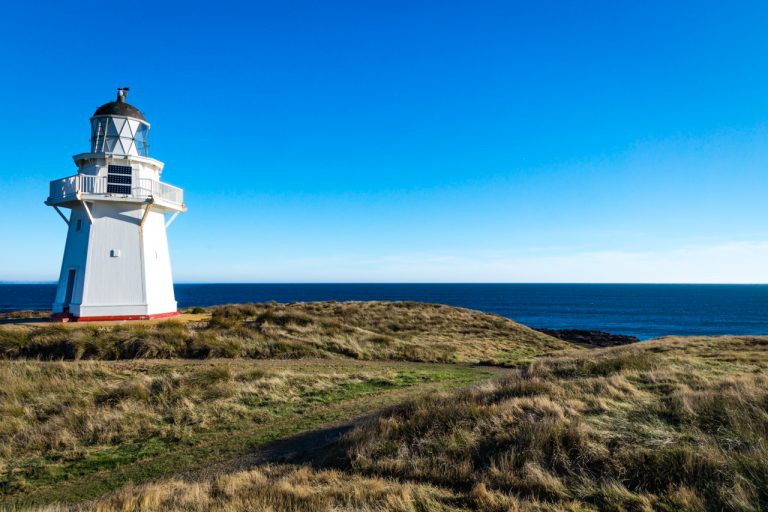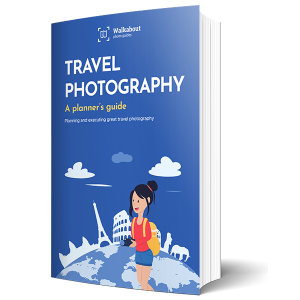
How to use a photo shot list
In this article
Photo shot lists – what are they?
A photo shot list is the checklist that you create of the photos you want to take during a project / trip.
It becomes a constant reference point, and you check off shots as you have taken them.
Having a shot list makes everything feel that much more efficient when you are on the ground.
In addition, it also allows you to come away from a trip being comfortable that you’ve captured the photos that you set out for.
Bringing it all together
First off, check out the article on travel inspiration and capturing your ideas.
As you collect your travel ideas, chances are that there are specific photos that capture your imagination.
As you go, take from this inspiration as you build out a shot list for your destination.
For each item on the list, the following information is going to further aid your planning.
Location / area
Note down where the photo exists, and if possible, where the photo was taken.
The more specific you are, the better.
What you want to avoid is having to re-look up this information when you’re on the ground.
Timing
If known, note down the time of day that you want to be able to take the shot.
Additionally, some places may not always be accessible, so note down the day(s) of the week that you are able to get the shot.
When you bring all of this information together, you are able to group shots together if they have time bounds (and are nearby).
Lens choice
If you know in advance, note down what camera lens you think you may need, particularly for larger lens.
This way you may choose to group the photos that require a big and heavy lens together to take at one time.
This way, you avoid having to lug the lens around for the rest of your day.
Creating your photo shot list
The following are different ways to collate the information collected into a usable format.
Image gallery / mood board
An image gallery or mood board contains the photos and scenes that you want to capture.
Each photo shot list item is based one of the images from the gallery / mood board.
If you don’t have one of the reference images, use Google or Pinterest to find a suitable image that can act as a visual reference.
Written list
Document your list with as much descriptive information as possible.
Wherever possible, you want to avoid having to look for this information again, so more is better.
Maps
Marking where you want to go is an tried-and-tested method of planning out your trip.
You can do this using a Google Maps list, or simply marking the places you want to visit on a physical map.
However, the challenge with a map approach is that you still need some means to record details outlined above.
This includes details such as best time to visit, and potentially what equipment you will need.
Hybrid approach
There’s nothing wrong with adopting a combination of the above suggestions to suit your needs.
Experiment with different types of shot list, and you’ll find a solution that works best for you.
Making it accessible during your trip
Regardless of the approach that you take, your shot list needs to be accessible throughout each day that you are on the ground.
If the solution(s) that you are using isn’t electronic, consider taking photos of the shot on your phone so that you can scroll through during the day.
Tip: Ensure that your shot list is accessible offline, as you may not have Internet access all of the time, including indoor locations / underground.
This means that you are never caught out and unable to review your shot list.
Key takeaways
Like most facets of life, the more planning and process that you have in place, the greater the chances of success.
A photo shot list allows you to focus your time on the ground taking the photos that you want.
This avoids you getting home only to discover that you missed half of the places that you wanted to shoot.
It also helps provide a sense of accomplishment during your trip, as you tick off places that you’ve covered.
